Warning: animal lovers may find some of the images distressing
In the lush hills of Tana Toraja in central Sulawesi the most important part of life is, without doubt, death. It is an event which calls for a great deal of time and expense and is firmly rooted in ancient traditions, despite the majority of the population being Christian. The piety of the Torajans disguises the fact that Christianity is largely a very recent arrival: attacks from Muslim lowlanders (which evolved into a campaign for a separate Islamic state) led to much of the population converting to Christianity between 1951 and 65, partially to gain support from the Dutch colonial powers. This historical antagonism partially explains the limited inroads that Islam made into their society, despite arriving earlier to Sulawesi but it is the death rituals, which clash with accepted Islamic practice, that must have made the religion a hard sell in the region. Islamic law requires a burial to be done and dusted as soon as is practical without any animal sacrifice.
Haste is not a word that springs to mind when describing the funerals. So elaborate and expensive are the rites that months of preparation is normal but not excessive. I heard of one body which waited seventeen years in the family home for the funeral. However, as far as the Torajans are concerned, the deceased is only “sick” until the first ceremony and the body will remain in its open top coffin, will be offered food and drink and will be spoken to as if alive. As a visitor you should ask the deceased’s permission to enter the room for example. Traditional embalming with natural products is still used, although formaldehyde has become more popular, as it is more, but not wholly effective in limiting the pong emanating from the decaying body.
The person will only officially die at the first phase of the funeral, where a single buffalo will be sacrificed to provide a guide for the soul on its ascent to heaven, on the assumption you haven’t been very naughty and warrant the descent into the fiery pits of hell. A suitable piece of land must be prepared and many temporary structures built to accommodate family, relatives and guests. It is only later that the slaughter really begins and when it does you better not feel queasy at the sight of blood.
Your soul will be more favourably judged, it is said, the more buffalos that are sacrificed. A ceremony I witnessed only had three but the wealthy could have twenty or more. There is no disguising the suffering a bloody great buffalo goes through when its throat is slashed. One in particular went through several minutes of thrashing about, repeatedly stumbling and rising before standing still for a minute, with glazed eyes, emitting a hoarse wheezing as blood glooped from the great gash in its neck. Even when it finally collapsed there were more minutes of gasps before the writhing finally faded to twitches and eventual peace.
Then there are the pigs. Even more of these are required not just to augment the favourable passage of the soul but to feed the numerous guests, over what could be several days of ceremonies. Friends witnessed the carnage of sixty being massacred for just one day, the chaos only added to by an escape bid by a number of pigs, that had quite correctly surmised that they had nothing to lose by getting the hell outta there. This mass regular culling of animals creates an alternative meat market, almost obviating the need for butchers. Portions of animals are shared out amongst the favoured and those who have contributed to the proceedings. Thus, occasionally a family will invest a large sum in buffalo and pigs for a funeral only to be reimbursed at other families’ funerals.
The social pressure put on people to conform to the demands of traditional ceremonies can force families into debt, a typical buffalo costing around $4000. Should a few people die in quick succession one can only imagine the exponential anguish as well as the stresses on the buffalo market.
Eventually the burial stage arrives. People were traditionally buried with artifacts for their lives in the after world and being of value were at risk from grave robbers. Hence, over time graves became more inaccessible to protect them: using caves; tombs carved out of cliff faces or coffins suspended from the cliffs. Effigies carved from wood, known as Tau Tau, are used to represent the upper class dead and will be maintained and reclothed, often for many generations to come. Tombs and coffins can be used for many family members, often eventually leading to a jumble of skulls and bones.
The rigid social strata of Torajans in life is preserved in death, with separate levels or tombs for commoners, middle class or the elite. Very young babies who die are placed in a small niche in a sacred tree, related to the rubber tree, whose white sap resembles milk and seen as food for the baby’s soul. The opening is covered by a brushwood door and as the tree grows the soul climbs slowly towards heaven. Eventually the growth of the tree seals the opening and the transition from the earthly realm to the afterlife is complete.
Despite the pressures of religion, past government repression and the ravages of modernity the Torajans have remained true to their culture, a fact evident in only a brief glance at the countryside: traditional homes, called Tongkonan, even if not always the primary family home are still an essential feature for a family. Even the elaborate traditional rice stores costing around $4000 have not been replaced by concrete and metal.
A walk down country lanes is met with waves, smiles and often the offer of a drink. The fact that they are even prepared to welcome us to their funerals is a great testament to their character.




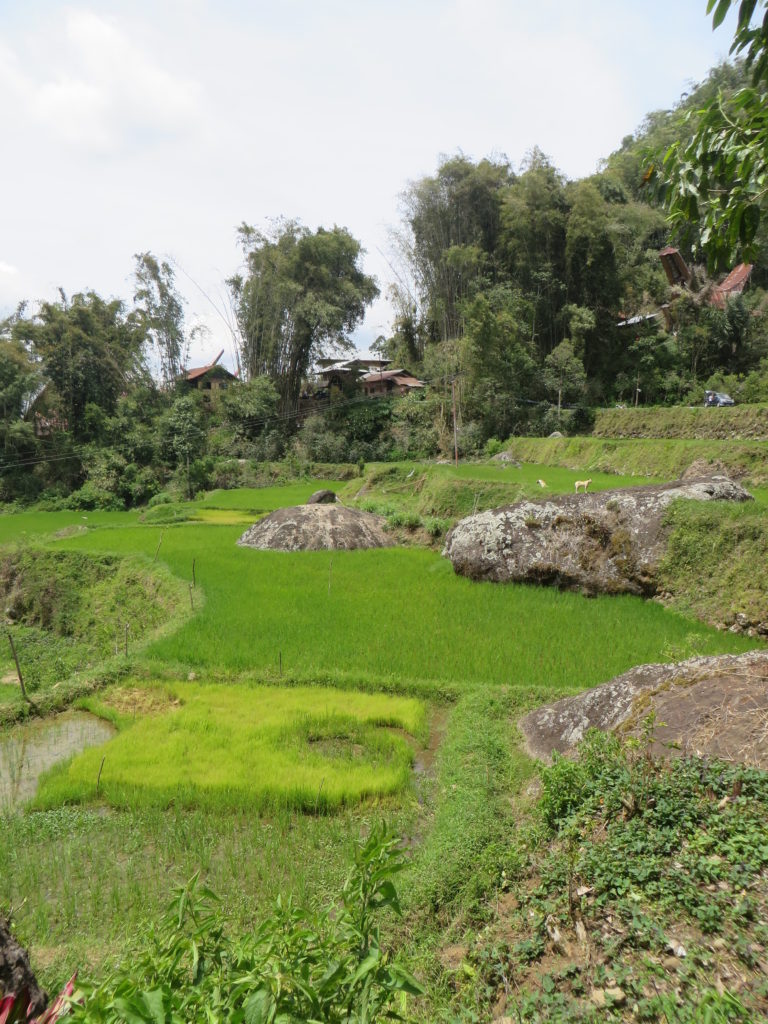
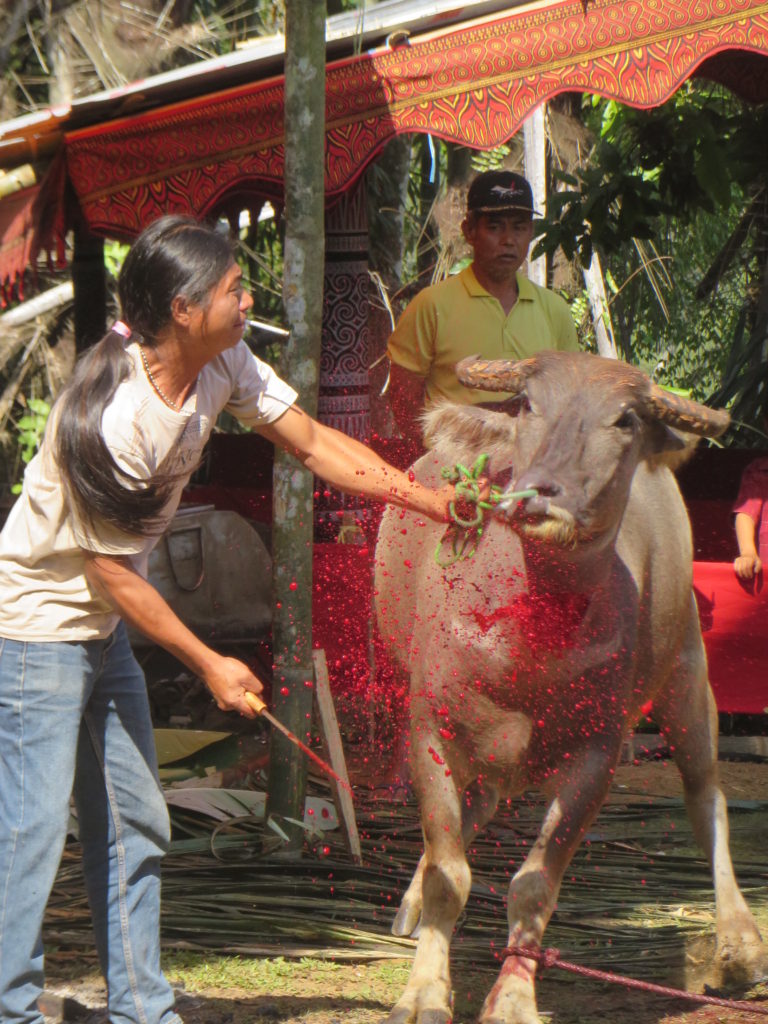
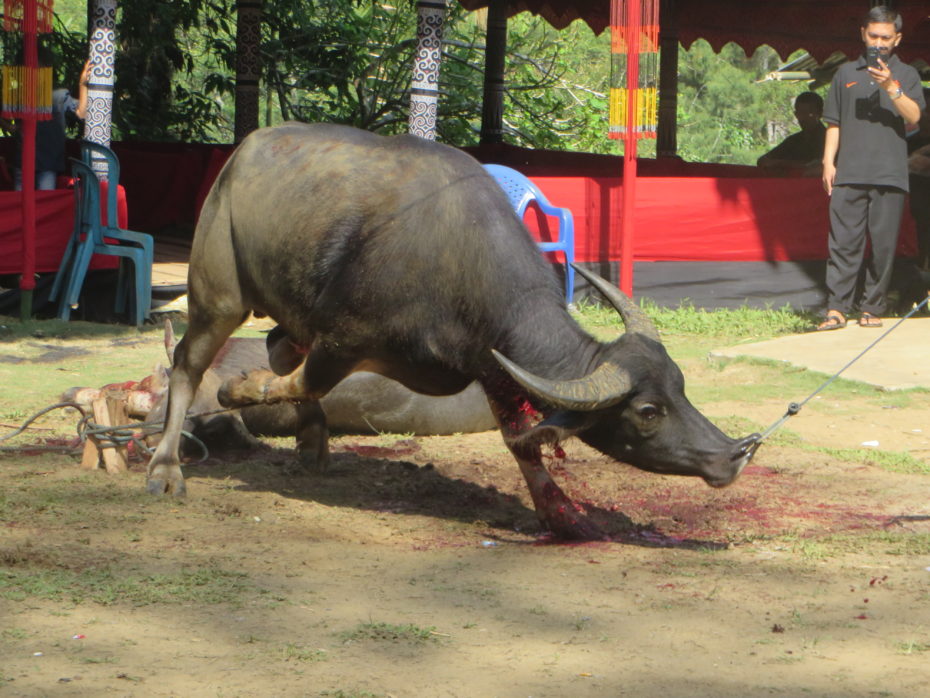
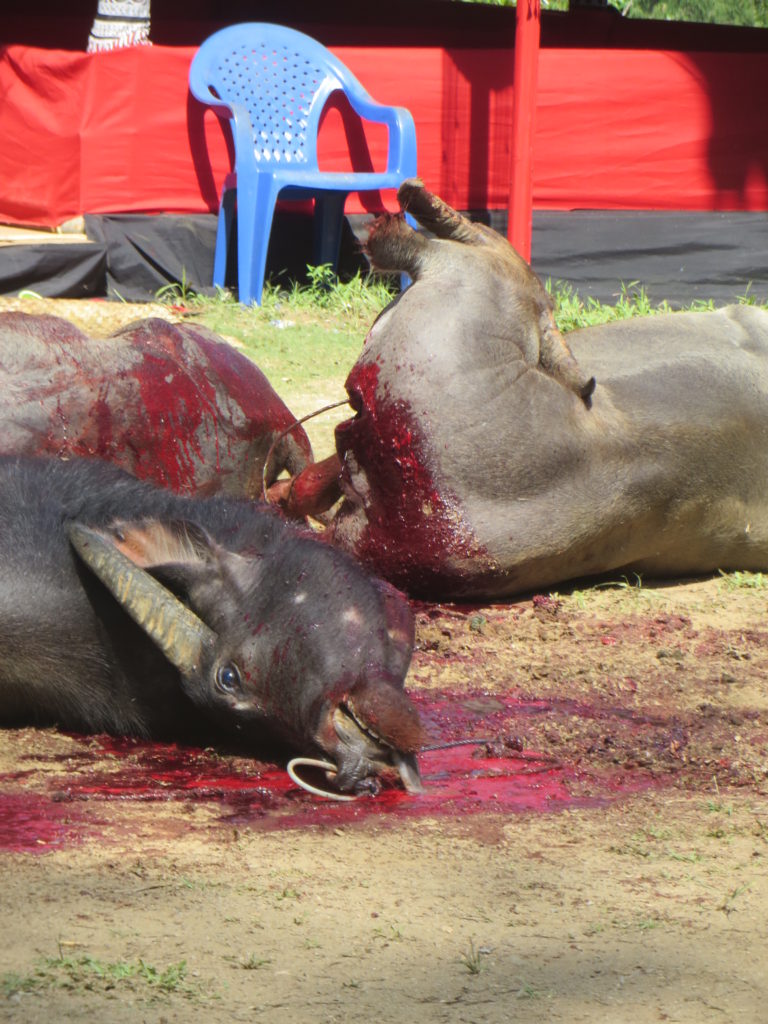
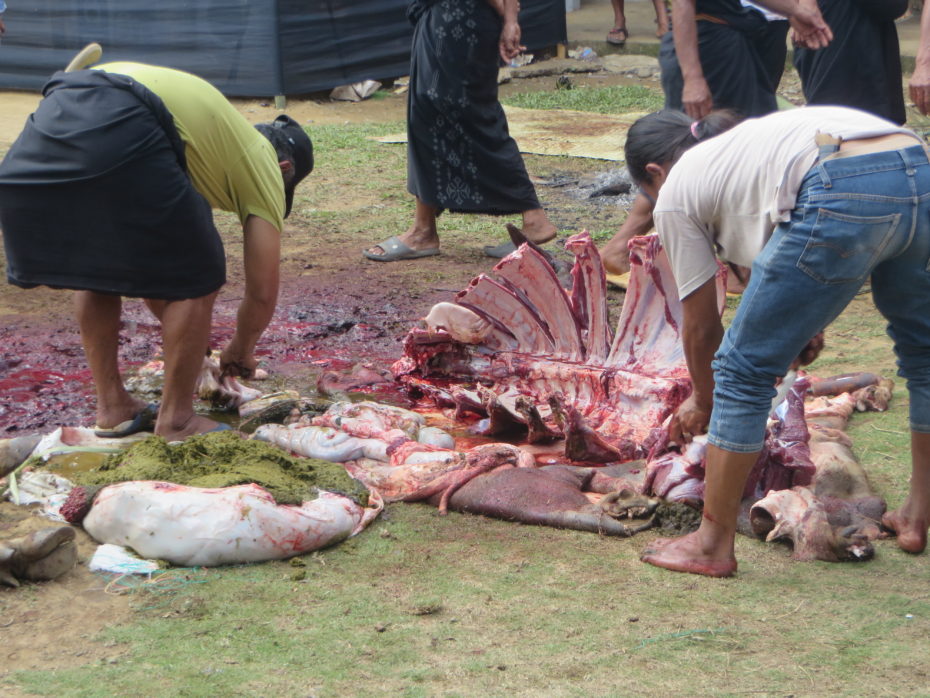
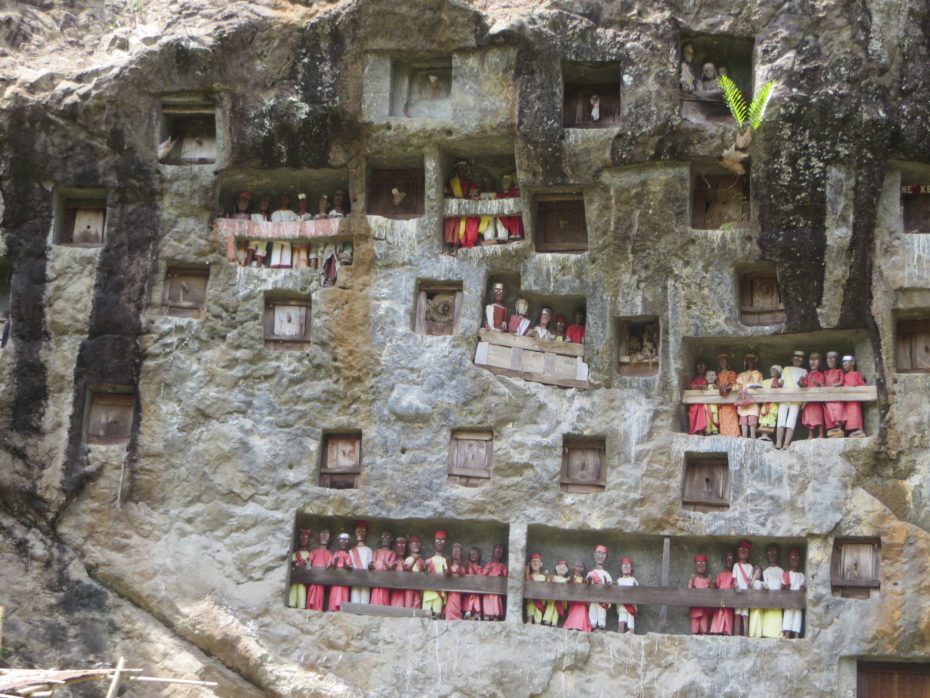
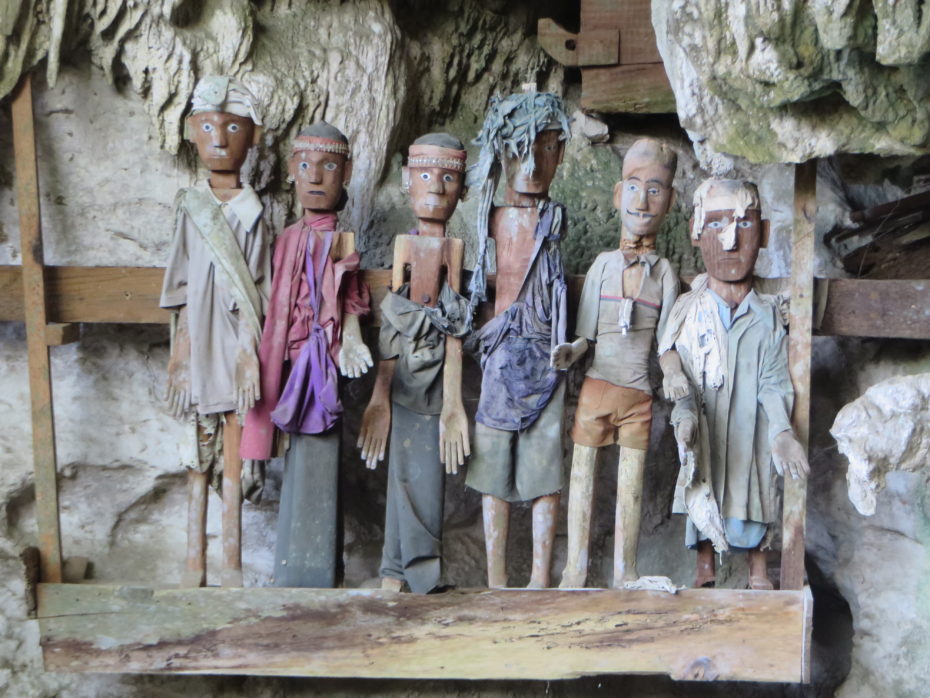
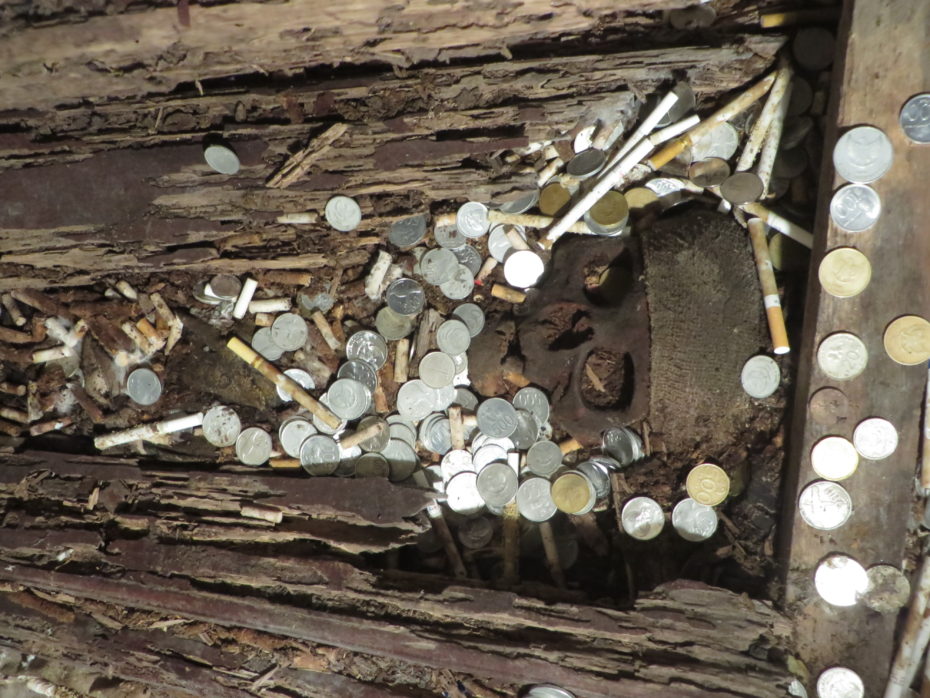
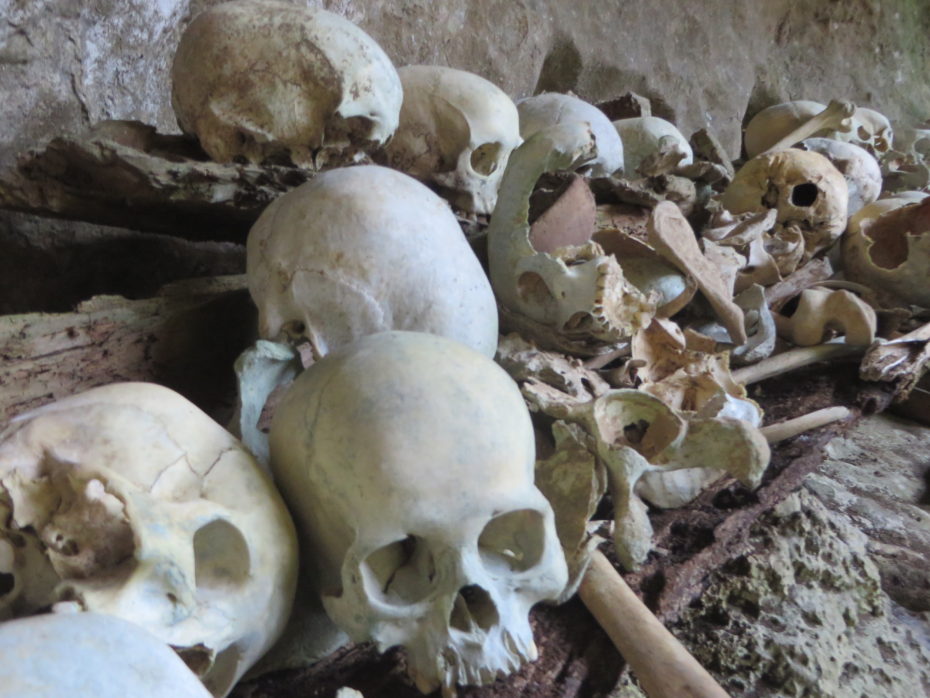
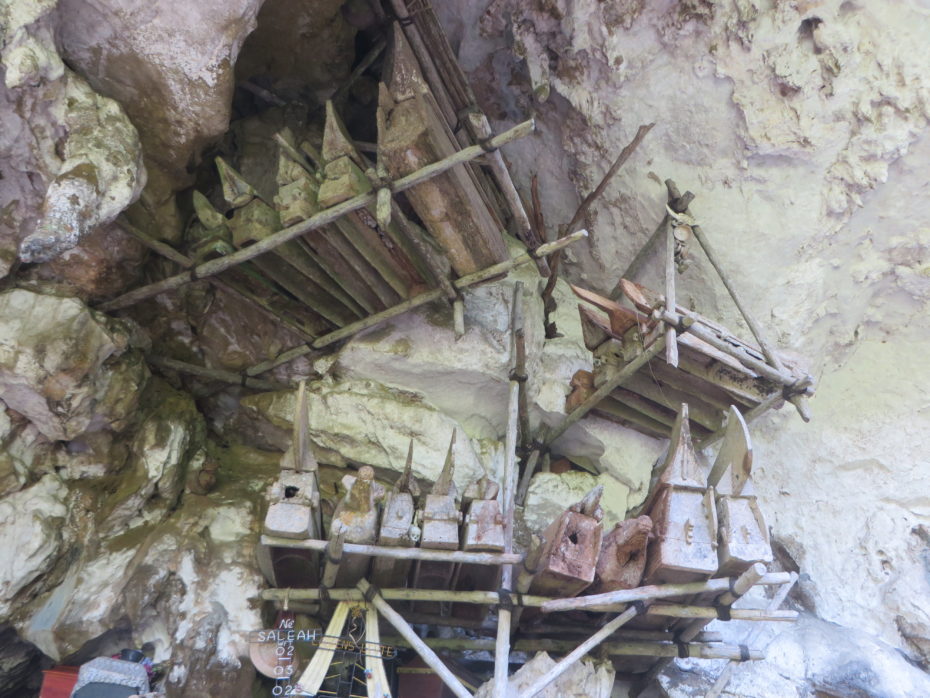
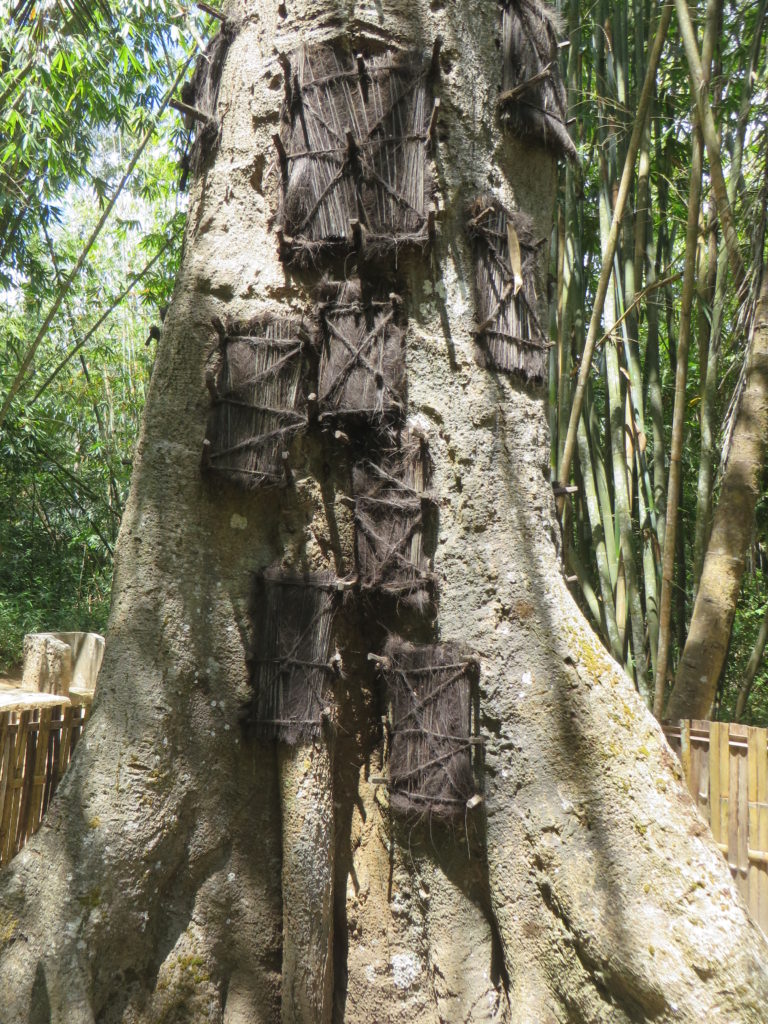
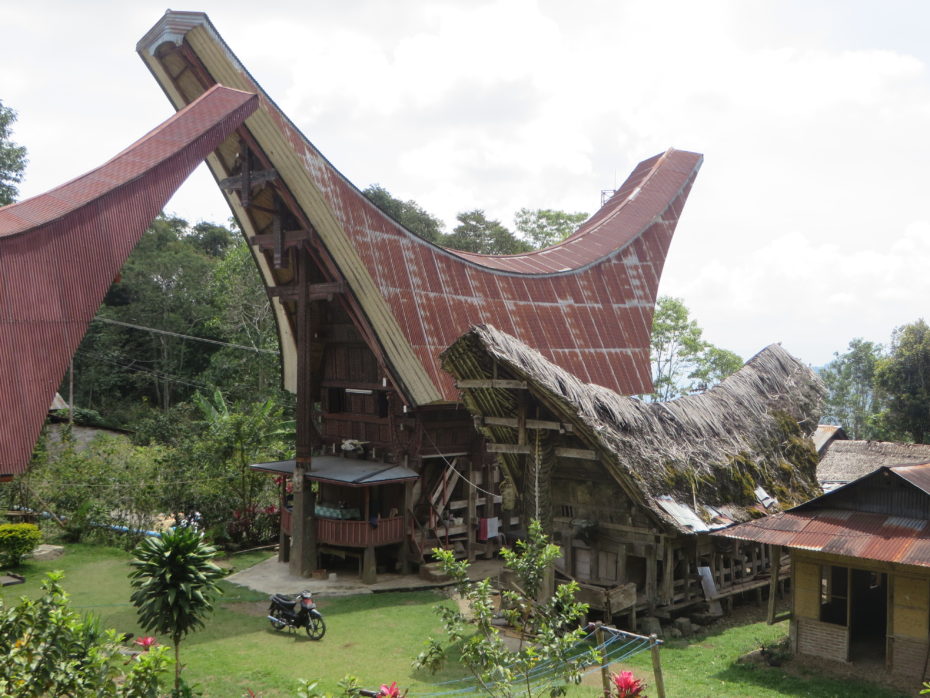
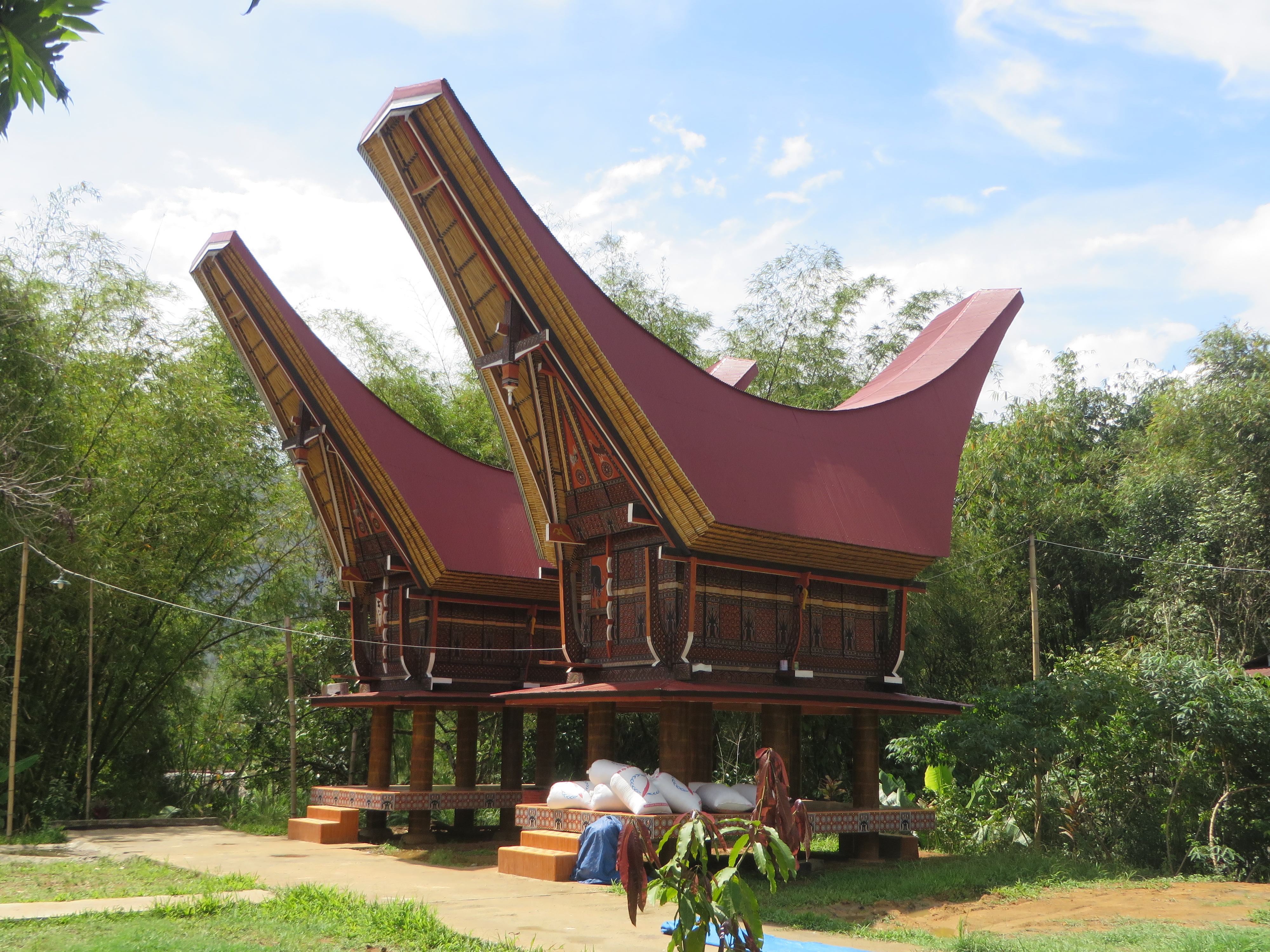

Thank you for a very well-written and fascinating insight. In Britain we tend to skirt around the topic of death and funerals and so I imagine these ceremonies would be very confronting to see first-hand.
Many thanks. Such practices always force us to question our own culture. Our reluctance to deal with death more openly is only really a recent thing as is the humane killing of animals. Yes, I am sure some people would find such animal sacrifice a bit of a challenge but despite being someone who believes that animals deserve a quick and painless death I didn’t find it difficult to watch- not sure what that says about my character.